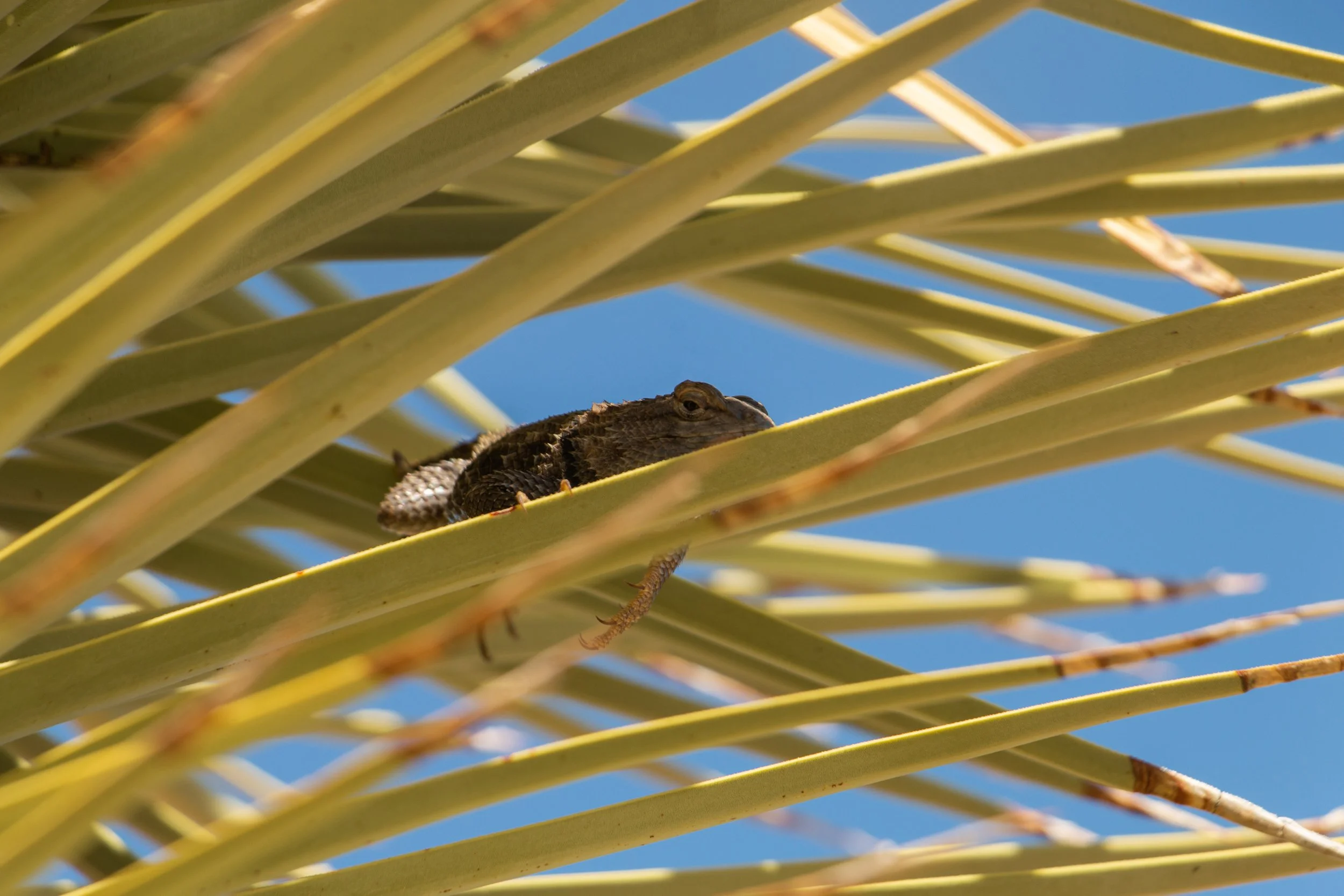Reptiles
Photography © Paul Martinez
Reptiles of the Desert
Reptiles are deeply associated with desert landscapes in the minds of many—and that perception is both accurate and misleading. While deserts aren’t necessarily home to more reptiles than other ecosystems, the lack of dense vegetation makes these creatures much easier to spot. Lizards, in particular, often bask in plain sight atop boulders and other sunlit surfaces, adding to the desert’s distinctive feel.
Masters of the Heat: Why Reptiles Thrive in the Desert
Reptiles are remarkably well-suited for life in arid environments. Unlike birds and mammals, which expend tremendous energy to maintain constant internal temperatures, reptiles are ectothermic—meaning they rely on the environment to regulate their body heat. This biological trait gives them a significant advantage in resource-scarce ecosystems like the desert.
Because of their lower energy requirements, reptiles can survive on smaller amounts of food, allowing them to maintain larger populations where food availability would otherwise be limiting.
Built for Survival: Water Conservation
In desert environments, the most critical challenge is access to water. Reptiles are naturally adapted to overcome this.
No need to sweat or pant: Instead of expelling moisture to cool down, reptiles seek shade or burrow underground during the heat of the day.
Waterproof skin: Their scaly exterior significantly reduces water loss.
Efficient waste management: Reptiles excrete nitrogenous waste as uric acid—a solid form that doesn’t require water like urine does.
Water from food: Most desert reptiles obtain all the moisture they need from the insects, plants, or small animals they consume.
While some, like the desert tortoise, may opportunistically drink from puddles formed after summer monsoons, many lizards and snakes may live their entire lives without directly drinking water.
Keep an Eye Out
Next time you're exploring desert trails, keep an eye on sunlit rocks or sandy paths—you may spot a motionless lizard soaking up warmth, or a snake gliding silently through the brush. Reptiles, though often silent and still, play a vital role in this ecosystem’s balance and resilience.

